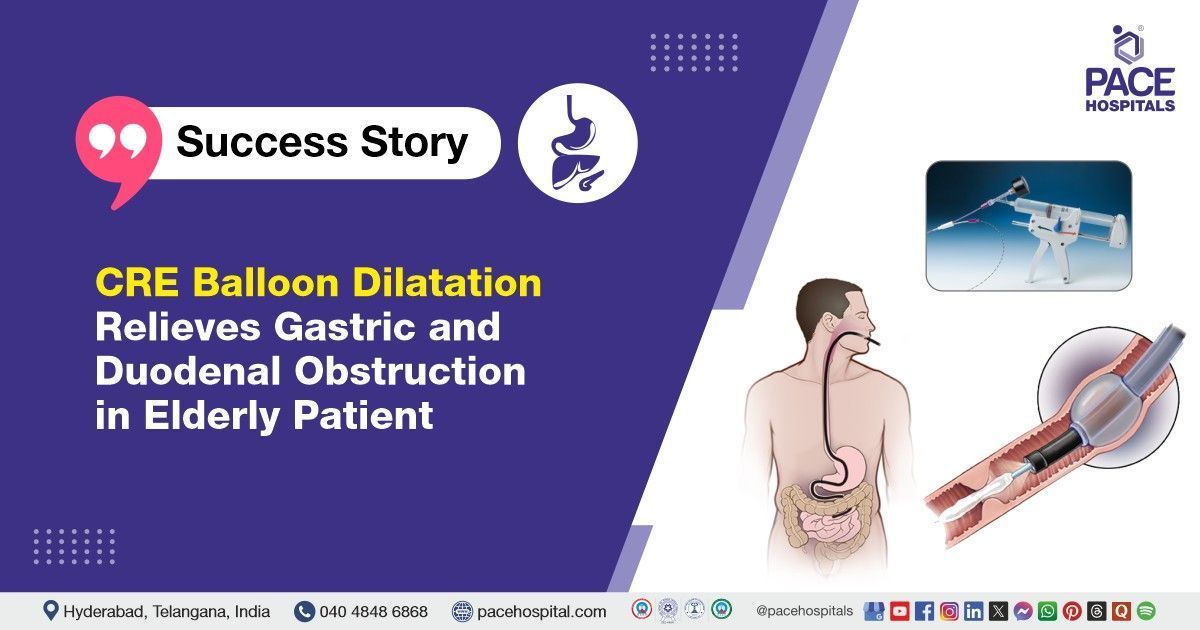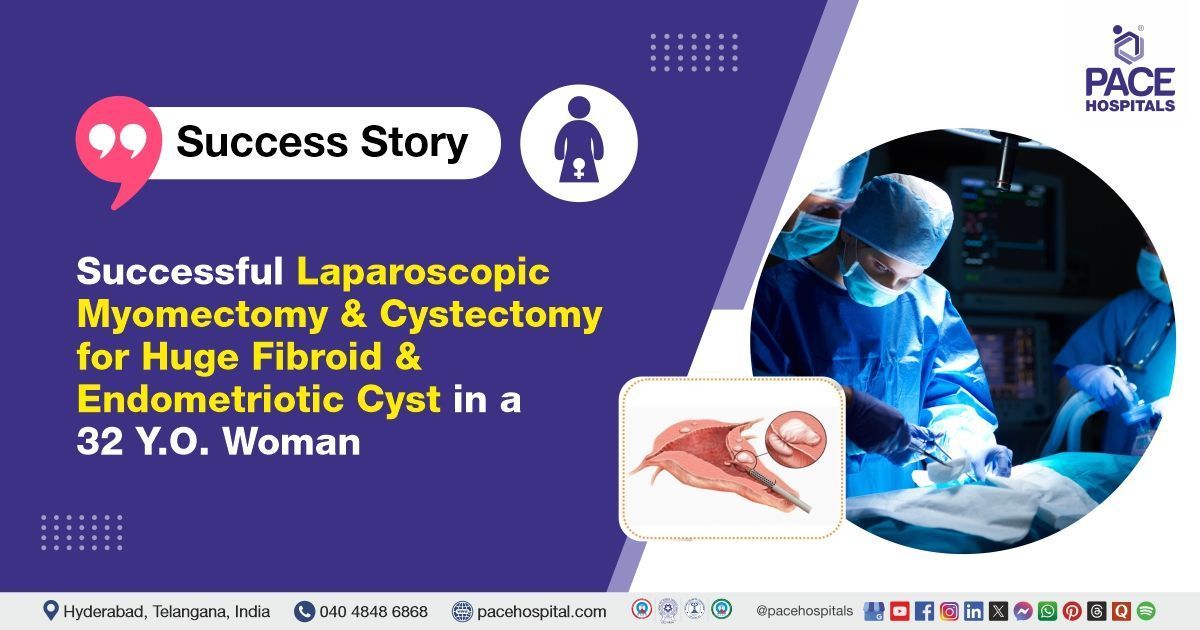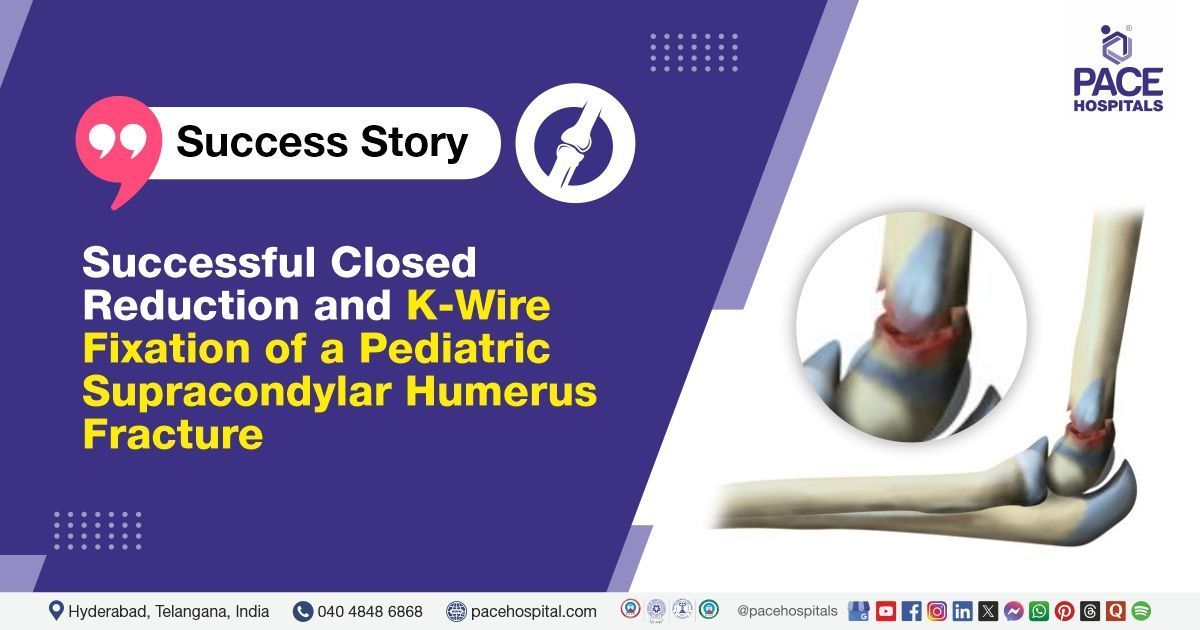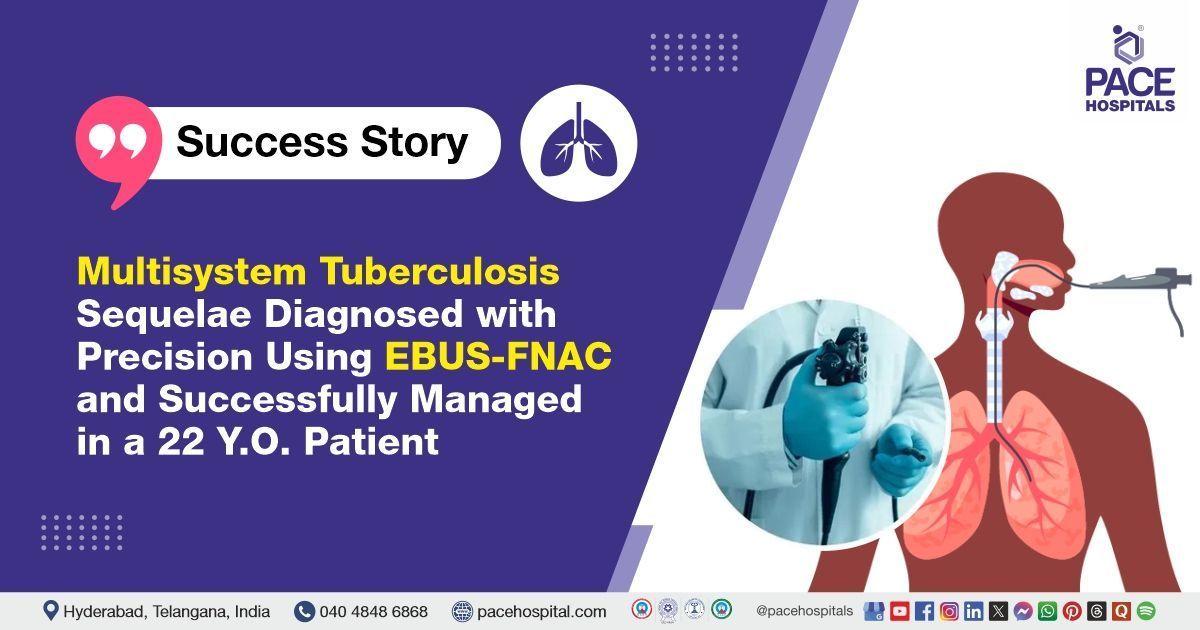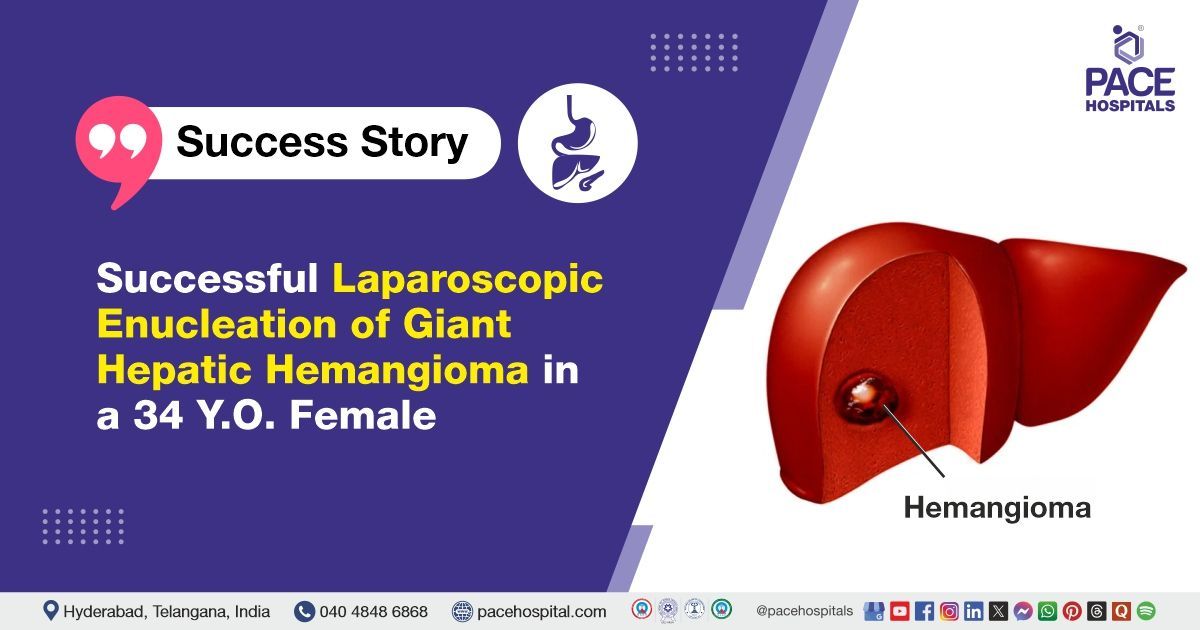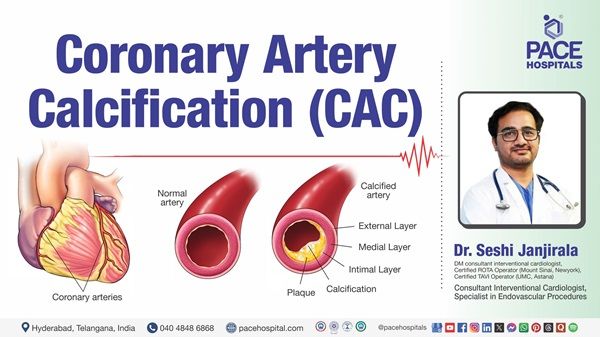Proximal Tibia Fracture treated with Successful ORIF Surgery a 22 Years Old
The Orthopaedic team at PACE Hospitals successfully performed an open reduction and internal fixation (ORIF) of the proximal right tibia in a 20-year-old female patient with a history of swelling and pain in the right knee, along with an inability to bear weight on the right lower limb.
Chief Complaints
A 20-year-old female patient from Kerala with a
BMI of 22.4 presented to the Orthopaedic Department at
PACE Hospitals, Hitech City, Hyderabad. She reported an alleged history of swelling and pain in the right knee and an inability to bear weight on the right lower limb.
History of Present illness
The patient's symptoms developed following a road traffic accident involving a bike versus car collision. Subsequently, she experienced pain and swelling in the right knee and leg. Notably, there was no history of loss of consciousness, vomiting, or ear, nose, and throat (ENT) bleeding.
Menstrual and Obstetric History
The patient’s menstrual and obstetric history was reported to be normal, with no significant abnormalities or complications noted.
General examination
Upon admission to PACE Hospitals, the patient's vital signs were stable. On general examination, she appeared to be of normal build with an adequate appetite. Chest examination revealed no tenderness. Local examination of the right knee showed swelling and tenderness, with a painfully restricted range of motion. Distal pulses were palpable and intact.
Diagnosis
After being admitted to PACE Hospitals, the patient underwent a thorough review of her medical history and a detailed clinical examination by the orthopaedic team, which led to the suspicion of a comminuted fracture of the proximal right tibia, classified as Schatzker Type 5.
Based on these findings, further diagnostic evaluation was conducted using a CT scan, which confirmed a comminuted fracture of the proximal right tibia.
After a complete assessment, the patient was advised to undergo Comminuted Fracture Treatment in Hyderabad, India, under the expert care of the Orthopaedic Department to ensure comprehensive management.
Medical Decision-Making (MDM)
Considering the patient's symptoms, difficulty in performing daily tasks, and the diagnosis, it was determined that surgical intervention was necessary. After a thorough discussion with the patient's guardians and obtaining their informed consent, Dr. Raghuram, Consultant Orthopaedic Surgeon, decided that an Open Reduction and Internal Fixation (ORIF) of the proximal right tibia would be the most effective treatment option.
Surgical Procedure
Following the decision, the patient was scheduled to undergo Open Reduction and Internal Fixation Surgery in Hyderabad at PACE Hospitals, under the expert supervision of the Orthopaedic Department.
The patient underwent ORIF surgery in Hyderabad at Pace Hospitals. During the procedure, a lateral incision was made over the knee joint, extending along the tibial border and centered at the fracture site, starting from Gerdy’s tubercle. This approach provided optimal access to the fracture while minimizing damage to surrounding tissues."
The fracture was carefully reduced, and the bone fragments were held in position to ensure proper alignment and stabilization during the healing process.
The fracture was fixed using a 5-hole titanium plate (Bombay Surgical), specifically a lateral anatomical raft locking plate, ensuring secure stabilization and alignment of the bone fragments.
Fracture reduction was confirmed through C-arm imaging, ensuring proper alignment and positioning of the bone fragments.
The wound was closed in layers using VICRYL 2-0 for the deeper layers and staples for the skin, ensuring proper closure and minimizing the risk of infection.
Compression bandages were applied to the affected area, and a knee immobilizer was secured to provide stability and support during the initial healing phase.
Treatment Considerations
The treatment plan for open reduction and internal fixation of the proximal right tibia aims to restore anatomical alignment, stabilize the bone with a metal plate and screws, and promote early mobilization. Preoperatively, a thorough assessment of the patient's medical history was crucial to minimize risks. Postoperative care includes pain management, infection prevention, and monitoring for complications. Rehabilitation involves physical therapy to regain range of motion and strength, ensuring full recovery and minimizing long-term functional impairment.
Medications Advised during the stay
During the hospital stay, the patient was prescribed medications, including antibiotics, painkillers, and proton pump inhibitors (PPIs).
They were prescribed to prevent infection (antibiotics), manage postoperative pain (painkillers), and protect the stomach lining from irritation due to other medications (PPIs).
Postoperative Care
The postoperative period was uneventful. Wound dressings were changed regularly and remained clean throughout the hospital stay. The patient was started on non-weight bearing gait training using walker support, under the supervision of the physiotherapy team.
Discharge Notes
The patient was discharged in a stable condition.
Discharge Medications
Upon discharge, the patient was prescribed antibiotics to prevent infection, anti-inflammatory enzymes to reduce swelling, and nutritional supplements to support healing. She was also advised to maintain a normal, balanced diet throughout the recovery period.
Advice on Discharge
The orthopaedic doctor/orthopaedic surgeon advised limb elevation to help reduce swelling and encouraged active toe movements to promote circulation and prevent joint stiffness.
Emergency Care
The patient was informed to contact the Emergency ward at PACE Hospitals in case of any emergency or development of symptoms like fever, abdominal pain, or vomiting.
Review and follow-up notes
The patient was advised to return to the Orthopaedic Department at PACE Hospitals for a follow-up appointment after 1 week for a dressing change and further evaluation.
Conclusion
This case highlights the effectiveness of advanced orthopaedic procedures and comprehensive patient care in managing complex fractures. It emphasizes the importance of expert-led Complex Fracture Treatment in Hyderabad, India, contributing to optimal recovery, restored mobility, and improved quality of life for the patient.
Surgical Management of Proximal Right Tibial Fracture Using Open Reduction and Plating
Open reduction and plating is a surgical method used to treat complex or displaced fractures near the knee joint. It involves an incision, realigning bone fragments, and securing them with a metal plate and screws. This method restores joint alignment, stability, and function while minimizing complications like malunion or joint instability. Postoperative care includes physiotherapy, non-weightbearing mobilization, and regular follow-ups to monitor healing and ensure optimal recovery.
Share on
Request an appointment
Fill in the appointment form or call us instantly to book a confirmed appointment with our super specialist at 04048486868



